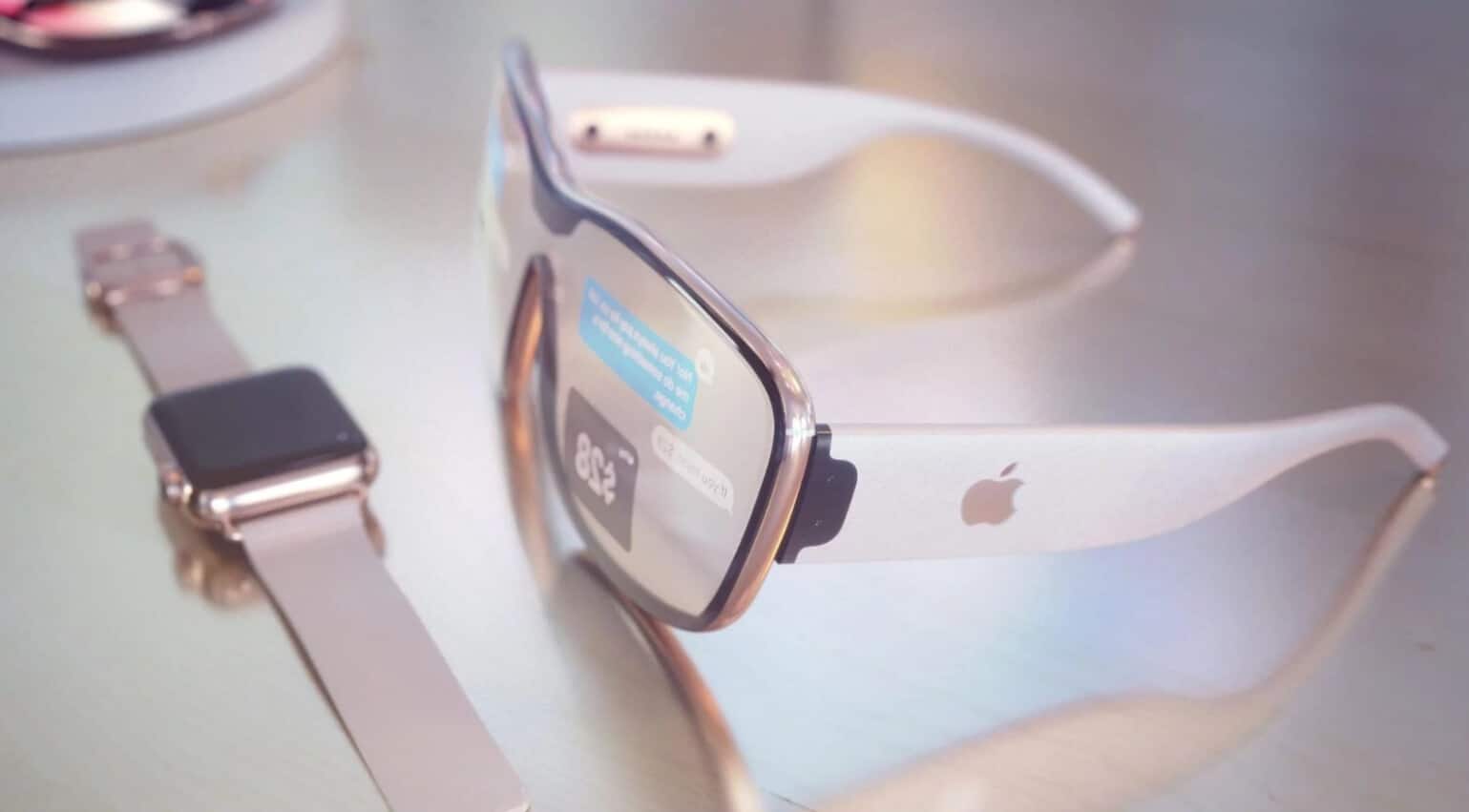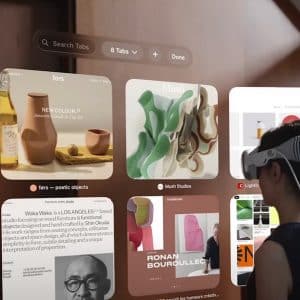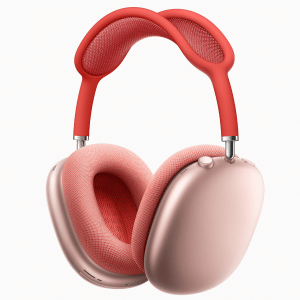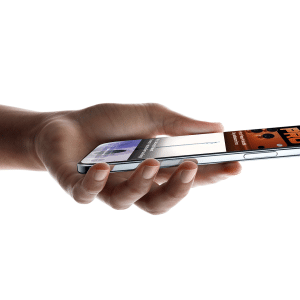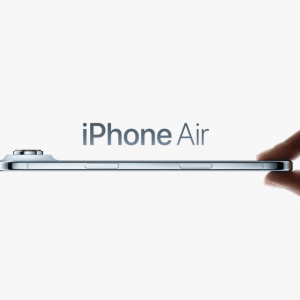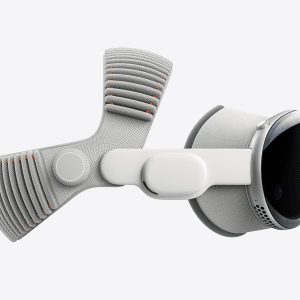Apple has been investing in augmented reality technology for over a decade. Early rumors about AR glasses suggested that Apple wanted to create a lightweight, wearable device that would project digital information—such as notifications, maps, and apps—onto the user’s field of view.
The Apple AR glasses project was expected to complement Apple’s network of devices, including Macs, iPhones, and Apple Watch, offering users hands-free access to AR experiences. This concept was part of a broader trend in tech, with companies like Google, Meta, and Microsoft also developing wearable AR solutions.
However, building AR glasses that are practical, stylish, and technologically advanced has proven to be a difficult challenge for the entire industry.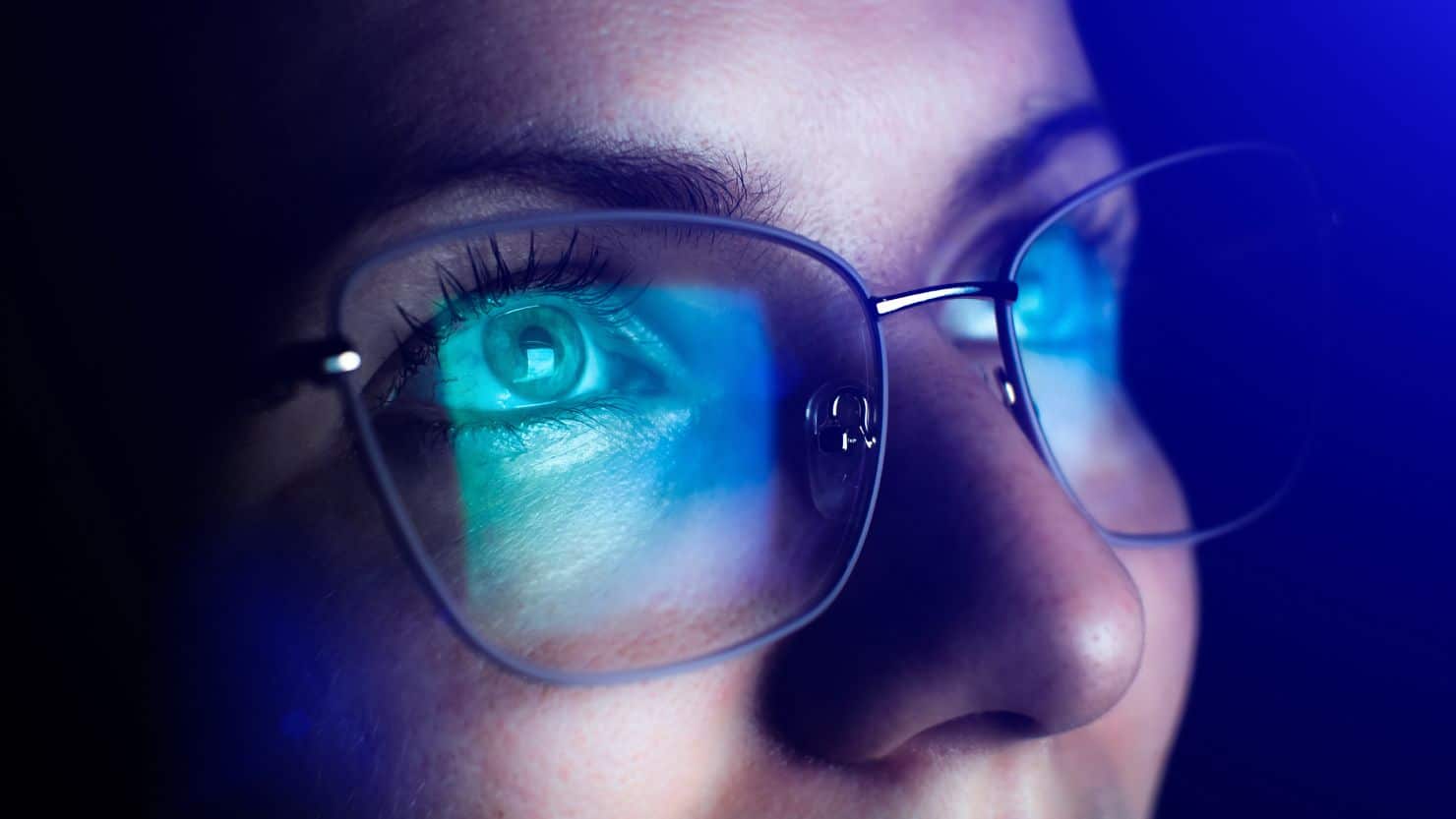
Why Apple Reportedly Ended the AR Glasses Project
Multiple factors may have contributed to Apple’s decision to end the Apple AR glasses project. These challenges include hardware limitations, high development costs, and concerns about market readiness. Let’s take a closer look at some of the obstacles Apple may have faced.
1. Technical Limitations
Creating AR glasses that meet Apple’s high standards of performance, design, and user experience is no small feat. Key challenges likely included:
- Display technology: Developing lightweight, transparent lenses capable of projecting high-resolution AR visuals without distortion.
- Battery life: Balancing performance with portability, as a small wearable device would require long-lasting battery power without overheating.
- Processor capabilities: Packing advanced AR processing power into a compact, wearable form factor without compromising performance or comfort.
These technical hurdles may have delayed development and forced Apple to reassess the feasibility of the project.
2. Market and Consumer Demand
While Apple has a track record of introducing innovative products that define new markets—such as the iPhone and Apple Watch—the demand for AR glasses remains uncertain. Previous attempts by other companies, including Google Glass and Microsoft’s HoloLens, have struggled to gain mainstream adoption.
Apple may have concluded that consumers are not yet ready to fully embrace AR glasses as a daily-use product. Factors such as price, functionality, and privacy concerns likely influenced the company’s decision to shift focus toward other AR initiatives.
3. Strategic Focus on Vision Pro
The decision to end the Apple AR glasses project may also reflect a strategic pivot toward the Vision Pro, Apple’s upcoming mixed-reality headset. Unlike AR glasses, the Vision Pro is designed for immersive experiences that combine augmented and virtual reality, with a focus on productivity, entertainment, and communication.
By prioritizing the Vision Pro, Apple can concentrate its resources on a product that has clearer use cases and is more likely to attract early adopters.
What This Means for Apple’s AR Strategy
While discontinuing the AR glasses project may seem like a setback, Apple remains deeply committed to augmented reality. The company continues to invest in AR through both hardware and software innovations.
1. Continued Development of ARKit
Apple’s ARKit framework, introduced in 2017, has enabled developers to create AR experiences for millions of iPhones and iPads. By improving ARKit with each new iOS update, Apple has laid the groundwork for future AR hardware.
Applications built with ARKit include:
- Interactive games such as Pokémon GO.
- AR navigation tools that overlay directions on the real world.
- Shopping experiences that allow users to visualize products in their home environments.
This ongoing support for AR developers indicates that Apple sees augmented reality as a long-term priority.
2. Vision Pro as a Flagship AR Product
The Vision Pro headset, set to launch in 2025, is positioned as Apple’s next major innovation in AR and VR technology. Unlike traditional AR glasses, the Vision Pro offers a more immersive experience with high-resolution displays, spatial audio, and advanced hand-tracking capabilities.
With its potential to transform workspaces, communication, and entertainment, the Vision Pro could serve as a stepping stone for broader AR adoption. Apple may eventually revisit the idea of AR glasses once the technology and market conditions are more favorable.
Lessons from Apple’s Competitors
Apple is not the only company to face setbacks in the development of AR glasses. Similar challenges have affected other major tech players:
1. Google Glass
Google’s first attempt at AR glasses, Google Glass, launched in 2013 but was discontinued after facing criticism over privacy concerns, limited functionality, and high cost. The company has since shifted its AR efforts toward enterprise applications.
2. Microsoft HoloLens
Microsoft’s HoloLens headset is primarily aimed at enterprise users in fields such as engineering and healthcare. While the device has found niche success, it has yet to gain traction in the consumer market due to its bulky design and high price.
3. Meta’s AR and VR Projects
Meta (formerly Facebook) has invested heavily in AR and VR through its Quest headsets and upcoming AR glasses. However, the company has also encountered difficulties in making AR hardware both practical and appealing for everyday users.
Apple’s decision to pause its AR glasses project suggests that the company is taking a cautious approach, learning from the experiences of its competitors.
What Could the Future Hold for Apple AR Glasses?
Although the Apple AR glasses project has reportedly been discontinued, it’s possible that Apple will revisit the concept in the future. Advancements in display technology, battery efficiency, and AR processing power could eventually make AR glasses more viable.
In the meantime, Apple is likely to continue refining its AR capabilities through the Vision Pro and other initiatives. Future iterations of AR hardware may incorporate lessons learned from this project, offering a more mature product when the technology and market are ready.
Final Thoughts on the Apple AR Glasses Project
The reported end of the Apple AR glasses project highlights the challenges of developing cutting-edge AR hardware. While this decision may delay Apple’s entry into the wearable AR market, it underscores the company’s commitment to delivering products that meet its high standards for design and user experience.
As Apple focuses on the Vision Pro and ARKit development, users and developers can expect continued advancements in augmented reality technology. Whether through immersive workspaces, AR-enhanced apps, or future hardware innovations, Apple remains a key player shaping the future of AR experiences.
